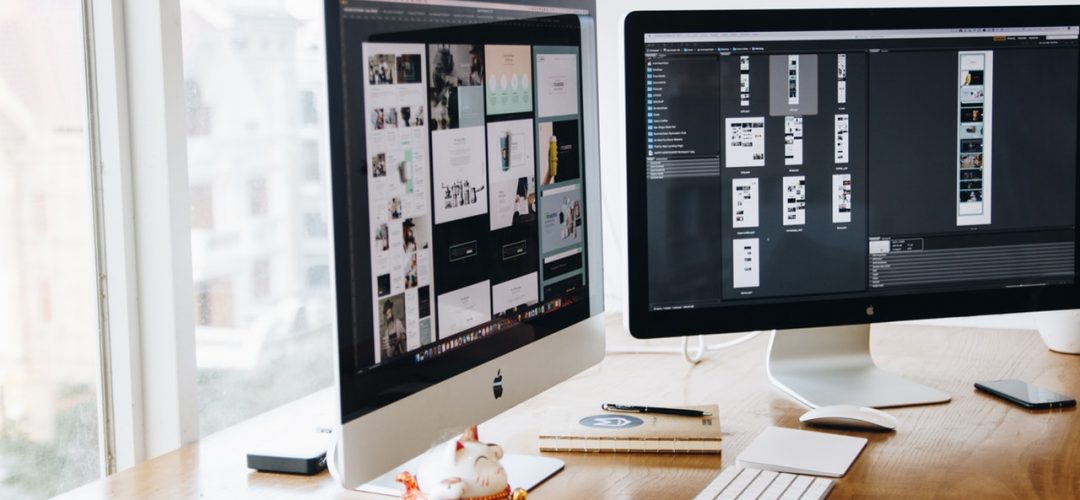Key elements of modern web design
As each year passes, we see new elements of web design emerge and dominate the market. These trends are often popular as, when incorporated successfully, can help tell your brand story and elevate your product or service offering. Some elements are more practical and work on improving how content and design shows on devices other than computer. The thing we notice the most now is that modern web design performs beautifully and benefits from clean simplicity.
Here are five key elements of web design we live by:
1. Large hero images
Hero images are just that: The hero of a site. Effective utilisation of a hero image can strengthen page content, and engage the customer or prospect. Usually, these are photographs that relate to the content, brand, or values. However, this can be adapted to illustrated artwork, or even videos. Regardless of the approach you may choose, a large, responsive hero image can enhance your brand story without having to rely on the text solely.
2. Hamburger menus
Hamburger icons are everywhere, and it’s most likely that at some point you have come across one while browsing online – Even Google Chrome uses one! As we have evolved to utilising mobile devices for browsing more often, the hamburger icon has grown in popularity due to the simplicity and tidiness of it all. Removing a busy navigation in favour for a simple three-line flyout improves user experience and likelihood that the user will find all the information they need to fulfil the desired action.
3. A bold, yet limited colour palette.
As obvious as this may sound, colour schemes and usage within a website are vital to modern web design. Brands that have both a primary and secondary colour in their scheme often find it easier to create new elements for their site, such as unique landing pages, blogs or even feature colours on the homepage. However, it is important to note the number of colours used can cause an impact on your design. Using too many colours can often be distracting, and take away from the impact of your site. Big companies such as Apple or Samsung set good precedent for colour schemes: Usually one background colour and 1 – 2 accent colours. Any more and you could face colour clashing, and detract from the overall feel of the site.
4. The chatbot
Chatbots have been slowly moving up the ranks over the past few years, but due to significant advancements in machine learning and artificial intelligence, Chatbots have become more accurate, efficient and helpful. In 2019, customers expect to find the information they are searching for with the click of a button, and when this does not happen, engagement and user experience lowers, leading to potentially losing a sale or customer. Chatbots have been designed to improve user experience, answer questions in a controlled, reliable manner, and save time by handling all basic frontline support tasks on your site.
5. Minimalism
Classic and timeless, minimalism is a popular go-to for web designers worldwide. Purposely designing your website with minimalism in mind makes for a clean design that is easily digestible and organised. Combined with white space, strong imagery and select elements, your website will be designed to show the user exactly what they are looking for.
By incorporating these key elements of web design, you’re prioritising user experience and optimising your website for not only design, but functionality and responsiveness across all devices.

